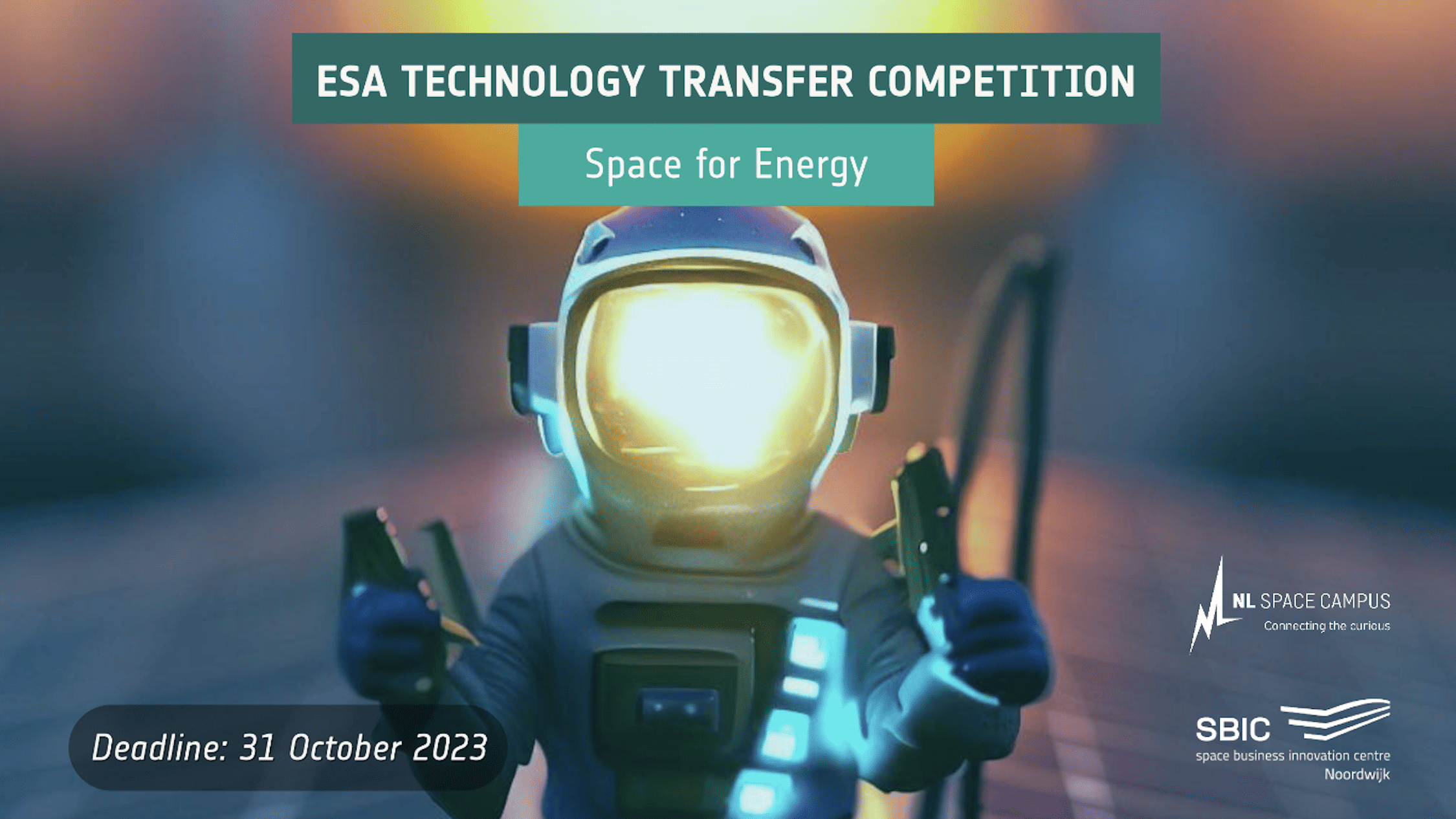
TNO receives funding from the Netherlands Space Office to complete the development of the high-precision laser pointing mechanism for the European Space Antenna, TNO says in a press release. The mechanism is called LISA (Laser Interferometer Space Antenna) and it will be the first detector that will measure gravitational waves very accurately in space. These waves are used by astronomers to observe events in the universe, such as collisions between supermassive black holes.
- TNO is developing a space antenna that measures gravity waves.
- Gravitational waves are messengers from the universe and reveal mysteries of the universe.
- NSO is funding €1.39 million to test the targeting system.
Kees Buijsrogge, Director TNO Space: “Continued Dutch commitment to LISA secures valuable data access for scientists and contributes to our understanding of the universe. At the same time this bolsters our global leadership in precision optics innovation which benefits the technological and economical position of the Netherlands.”
Measuring gravitational waves
Gravitational waves are ripples in spacetime created when heavy objects such as black holes collide. These waves, unlike light, can travel through the universe without getting obscured or swallowed by massive objects like galaxy clusters or black holes. As a result, gravitational waves, when measured, act as messengers from the far corners of the universe. This way they can help answer major questions about the origin, structure, and evolutionary history of our galaxy and the universe.

Highly advanced laser targeting technology
Observatories on Earth can only observe gravitational waves up to a length of about 10,000 kilometers. To measure the longer wavelengths, a detector is needed that is much larger than what can be built on earth. That is why LISA is being built in space. LISA will consist of three satellites, positioned in a triangular formation, spaced 2.5 million kilometers (for comparison the distance from the earth to the moon is 385,000 kilometers apart). The mutual positions of these space vehicles will be measured using laser interferometry, necessary to measure minute variations in position due to passing space waves. The three spacecraft will each have their own laser, and these beams must be tuned very accurately. That’s where TNO’s highly advanced laser targeting technology comes in. The mechanism called PAAM (Point Ahead Angle Mechanism) ensures that the light arrives in exactly the right place. It can aim the lasers so accurate that it will reach the other spacecraft even over 2.5 million kilometers.
Testing in harsh space conditions
The 1,39 million euro funding by NSO will allow further testing of the current prototype in terms of radiation and vibration loads. This will demonstrate that the mechanism can survive the subsequent launch and difficult conditions in space.

